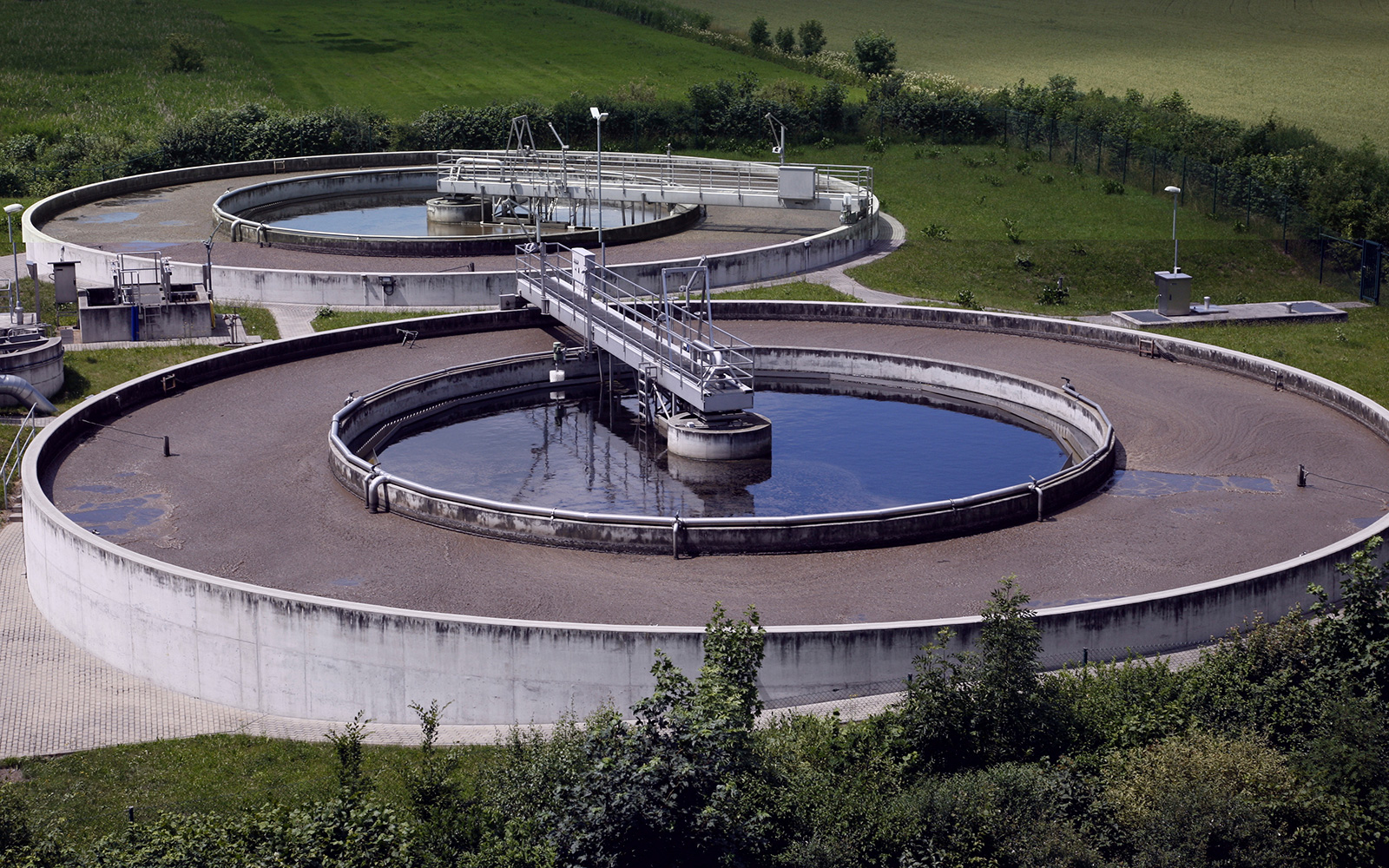Life Cycle and Cost Analysis for Innovative and Sustainable Water Treatment Options

Project Brief
The Challenge
Decisions about water treatment technologies are often made with little understanding of their wider water-related infrastructure and sustainability implications. The U.S. Environmental Protection Agency turned to ERG’s life cycle assessment specialists to develop a model framework for comparing drinking water, and another for comparing wastewater treatment technologies, across a suite of sustainability-related metrics.
ERG's Solution
ERG built a framework that maps the drinking water treatment life cycle from source to end consumer. This framework integrates a base case of water disinfection with gaseous chlorine compared to alternative disinfection technologies, including conventional mercury-vapor ultraviolet light, LED UV, plasma bead UV, and ferrate. For each technology, we assessed differences in pathogen removal, disinfection byproduct formation, treatment facility energy use and operating costs, input chemical requirements, and supply chain impacts. ERG also developed a base case wastewater treatment framework, representative of an aerobic treatment facility that uses sodium hypochlorite as the primary disinfectant and incinerates its sludge. The result: two frameworks that provide a common basis for future assessments of water-related technologies and can be incorporated into broader, sustainable systems analysis studies of water systems.
Client
U.S. Environmental Protection Agency